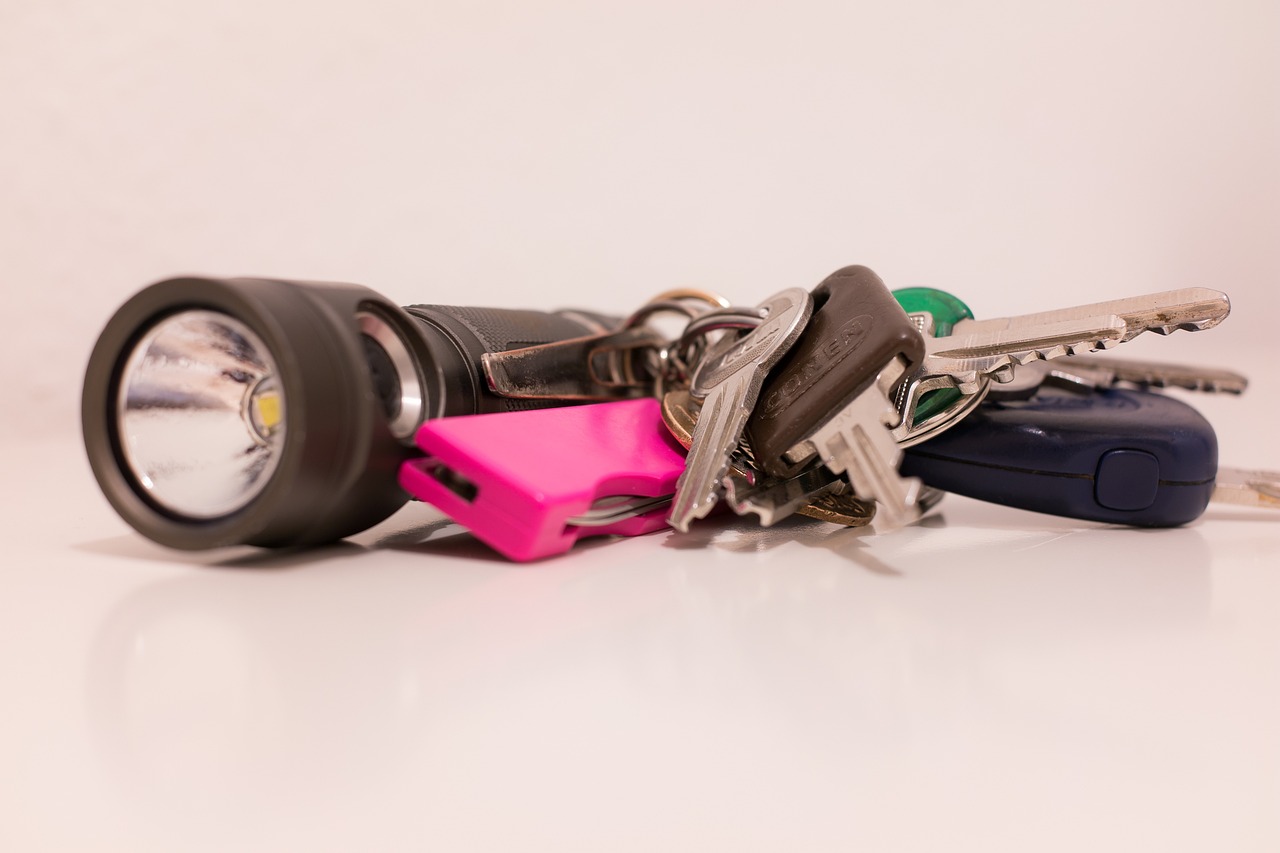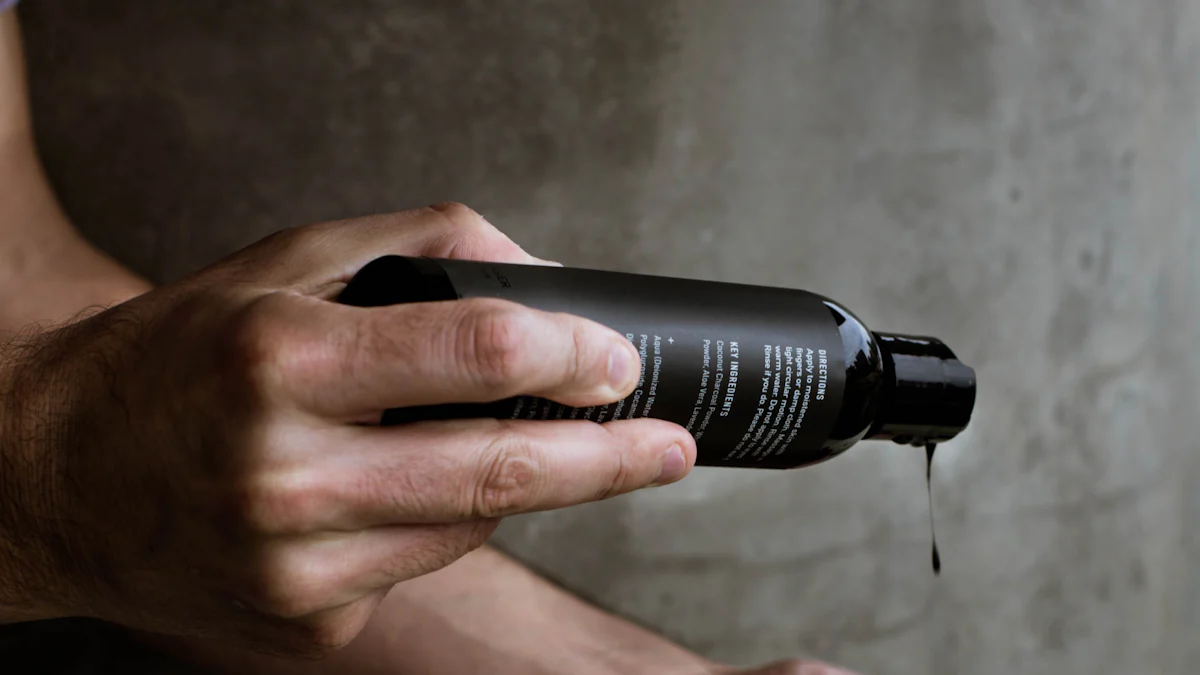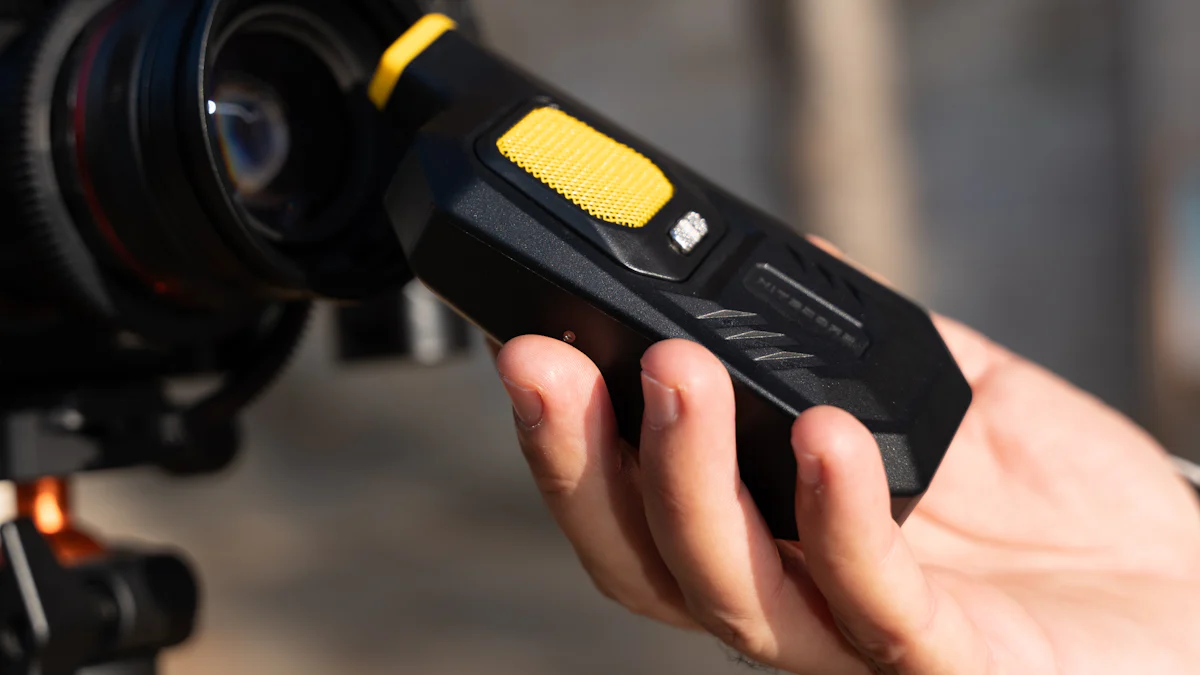How to Properly Maintain Your Flashlight for Longevity

Proper flashlight maintenance ensures reliable performance and extends its lifespan. Neglecting to flashlight maintain can lead to corrosion in battery contacts, water damage, or cracked seals, all of which reduce functionality. Regular cleaning of the interior and exterior prevents these issues. Check O-rings frequently and replace worn seals to maintain water resistance.
Key Takeaways
Clean your flashlight's outside and lens often to stop dirt and keep it working well.
Keep your flashlight in a cool, dry spot. Take out the batteries when not using it to stop leaks or rust.
Check your flashlight often for damage. Fix small problems quickly to make it last longer.
Cleaning and Maintenance for Your Flashlight

How to Clean Your Flashlight’s Exterior
Keeping the exterior of your flashlight clean is crucial for maintaining its functionality and appearance. Start by removing the batteries to ensure safety during the cleaning process. Use a soft cloth or brush to gently remove dirt, dust, and debris from the surface. Pay special attention to grooves and crevices where grime tends to accumulate. For stubborn stains, dampen the cloth with water or a mild cleaning solution. Avoid abrasive materials that could scratch the surface. After cleaning, allow the flashlight to air dry completely before reassembling it. Regular cleaning of the exterior ensures a clean and functional flashlight that performs reliably when needed.
Cleaning the Lens for Better Illumination
A clean lens is essential for optimal illumination. Use a microfiber cloth to wipe the lens gently, as this material prevents scratches. For tougher dirt, apply a small amount of lens cleaning fluid or alcohol to a cotton swab and carefully clean the surface. Avoid using paper products, as they can damage the lens. Regular maintenance of the lens not only improves light output but also extends the lifespan of your flashlight. Proper care of the lens ensures that your flashlight provides clear and bright illumination in any situation.
Maintaining the Battery Compartment
The battery compartment requires regular maintenance to prevent corrosion and ensure reliable performance. Begin by turning off the flashlight and removing the batteries. Inspect the compartment for signs of corrosion or debris. If corrosion is present, mix equal parts vinegar or lemon juice with water to create a cleaning solution. Use a cotton swab or cloth dipped in the solution to scrub the contacts gently. After cleaning, wipe away any moisture and let the compartment dry completely before reinserting the batteries. Regular cleaning and inspection of the battery compartment are essential tips for prolonging the life of your flashlight.
Battery Care for Flashlight Longevity
Choosing the Right Batteries for Your Flashlight
Selecting the right type of batteries is crucial for flashlight maintenance and performance. Different flashlight models require specific battery types to function optimally. Refer to the table below to determine the most suitable option for your flashlight:
Battery Type | Diameter (mm) | Length (mm) | Voltage (V) | Capacity (mAh) | Suitability |
|---|---|---|---|---|---|
AA (HR6) | 14.5 | 50.5 | 1.2 | 2000-3000 | Everyday carry lights, camping lanterns, household flashlights |
AAA (HR03) | 10.5 | 44.5 | 1.2 | 600-1000 | Mini flashlights, headlamps, small electronic devices |
C (HR14) | 26.2 | 50 | 1.2 | 2500-4500 | Heavy-duty flashlights, camping lanterns, emergency lights |
D (HR20) | 34.2 | 61.5 | 1.2 | 5000-10000 | Industrial flashlights, emergency lighting systems, outdoor lanterns |
9V block | 26.5 x 17.5 | 48.5 | 9 | 400-600 | Specific flashlight models, smoke detectors, wireless microphones |
6V block | 34 x 17 | 67 | 6 | 4000-8000 | Older flashlight designs, portable spotlights, emergency lighting |
12V block | 34 x 17 | 67 | 12 | 3000-6000 | Specialized flashlights, vehicle-mounted lights |
Rechargeable batteries are an excellent choice for conserving battery life. They offer higher power capacity, consistent power flow, and cost-effectiveness. These batteries also prevent leakage, which protects your flashlight from damage.
Proper Storage of Flashlight Batteries
Proper storage is essential to conserve battery life and ensure flashlight longevity. Follow these essential tips to maintain your batteries:
Store batteries in a cool, dry place to prevent corrosion.
Avoid excessive heat, as it accelerates chemical reactions and depletes batteries faster.
Keep batteries away from humid environments to prevent moisture-related issues.
Remove batteries from the flashlight when not in use to avoid leakage and corrosion.
By adhering to these practices, you can extend the life of your batteries and maintain your flashlight’s reliability.
Safe Battery Replacement Practices
Replacing batteries safely is a critical part of flashlight maintenance. Follow these guidelines to ensure proper handling:
Use only approved brands like Panasonic™, Energizer™, or Duracell™.
Avoid mixing old and new batteries or different brands/types.
Replace all batteries simultaneously to maintain consistent performance.
Insert batteries correctly, aligning them with the polarity (+ and -) markings.
Do not use expired batteries, as they may leak or fail.
Dispose of used batteries at an approved recycling center to protect the environment.
These practices not only ensure safety but also help in inspecting the battery compartment for any potential issues during replacement.
Storing and Handling Your Flashlight

Optimal Storage Conditions for Flashlight Maintain
Correct storage practices are vital to preserve your flashlight’s quality and ensure optimal performance. Always store your flashlight in a safe and secure location. Avoid exposing it to extreme temperatures or direct sunlight, as these conditions can damage internal components. A cool, dry place is ideal to prevent moisture-related issues like corrosion. If you plan to store your flashlight for an extended period, remove the batteries to avoid leakage. Using a protective case or pouch adds an extra layer of safety, shielding the flashlight from dust and physical damage. These techniques help maintain your flashlight’s longevity and reliability.
Preventing Physical Damage to Your Flashlight
Physical damage can significantly reduce your flashlight’s lifespan. To prevent this, handle your flashlight with care and avoid dropping it. Store it in a location where it won’t be accidentally knocked over or crushed. If you frequently use your flashlight outdoors, consider investing in a durable, shock-resistant model. Protective cases are also excellent for safeguarding against scratches and impacts. Regularly inspect your flashlight for signs of wear and tear, such as cracks or loose parts, and address these issues promptly. These essential tips ensure your flashlight remains in top condition.
Emergency Storage Tips for Flashlight Care
In emergencies, a functional flashlight is crucial. To store your flashlight effectively, follow these steps:
Keep it in a cool, dry place to prevent internal corrosion.
Remove the batteries for long-term storage to avoid leakage.
Use a protective case to shield it from dust, dirt, and accidental drops.
These techniques ensure your flashlight is ready when you need it most, providing reliable illumination during critical situations.
Advanced Flashlight Maintenance Tips
Lubricating Threads for Smooth Operation
Proper lubrication of your flashlight’s threads ensures smooth operation and prevents wear over time. The threads on the head and tail caps are critical for maintaining a secure fit and protecting internal components. Use a small amount of silicone grease to lubricate these threads. This grease reduces friction, prevents metal-on-metal grinding, and enhances the sealing of O-rings. Apply the grease sparingly to avoid attracting dirt or debris. After applying, rotate the caps several times to distribute the grease evenly. Regular lubrication not only improves functionality but also helps extend the lifespan of your flashlight.
Maintaining Waterproof Seals
Waterproof seals, such as O-rings, play a vital role in protecting your flashlight from water damage. Keeping these seals in good condition is essential for maintaining the quality of your flashlight. Follow these techniques to care for them:
Keep the seals clean and free of debris.
Avoid over-tightening the head and tail caps, as this can compress the O-rings and reduce their effectiveness.
If your flashlight is frequently exposed to water, apply a small amount of silicone grease to the seals. This grease enhances waterproofing and prevents freezing in cold conditions.
Consider using silicone sealant around the rear switch boot for additional protection.
Inspect the seals regularly for cracks or wear. Replace them immediately if they show signs of damage. These steps ensure your flashlight remains watertight and reliable in any environment.
Inspecting for Wear and Tear
Routine inspections are crucial for identifying potential issues before they escalate. Examine your flashlight for cracks, dents, or loose components. Pay close attention to the lens, body, and battery compartment. Cleaning the exterior during inspections helps you spot hidden damage. Check the threads for signs of wear and reapply lubricant if necessary. Inspect the O-rings and seals for deterioration, as damaged seals compromise waterproofing. Addressing minor issues promptly prevents larger problems and helps extend the life of your flashlight. Regular inspections ensure your flashlight maintains its quality and performs reliably when you need it most.
Regular flashlight maintain practices ensure long-term reliability and performance. Clean the exterior and lens to prevent dirt buildup. Store your flashlight in a cool, dry place to avoid moisture damage. Inspect it regularly to catch minor issues early. These steps extend its lifespan, ensuring it remains dependable whenever you need it.
🛠️ Pro Tip: Use high-quality batteries to reduce the risk of leaks and corrosion.
FAQ
How often should you clean your flashlight?
You should clean your flashlight every three months. Regular cleaning prevents dirt buildup, ensures optimal LED performance, and extends the flashlight's lifespan.
Can you use any charger for rechargeable flashlights?
No, always follow proper charging techniques. Use the charger recommended by the manufacturer to avoid damaging the LED or battery during charging.
Why does your flashlight dim over time?
Dimming occurs due to battery depletion or LED wear. Recharge or replace the batteries and inspect the LED for signs of damage or aging.
See Also
Key Strategies for Keeping Your Flashlight in Top Shape
Comprehensive Handbook for Flashlight Care and Upkeep
Maximize Your Flashlight's Battery Life with These Tips
Prolong Your Flashlight's Lifespan for Extended Functionality
